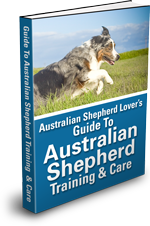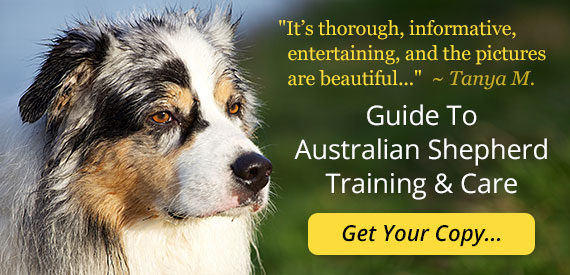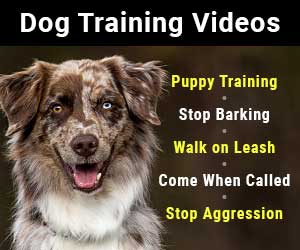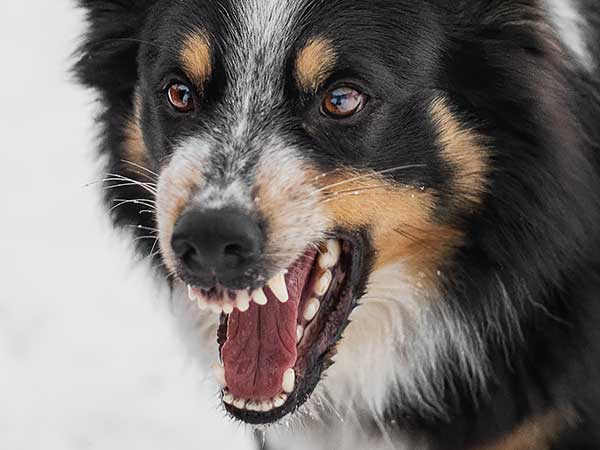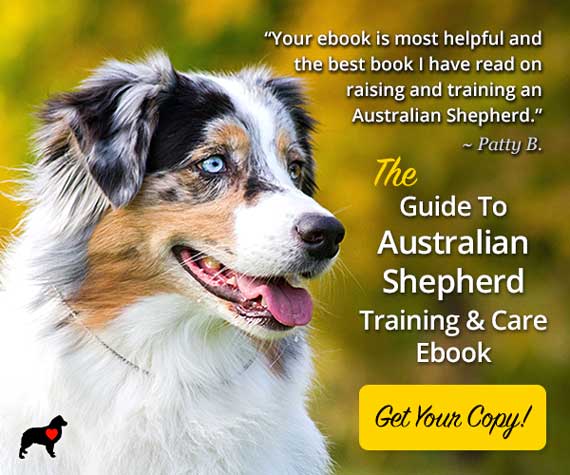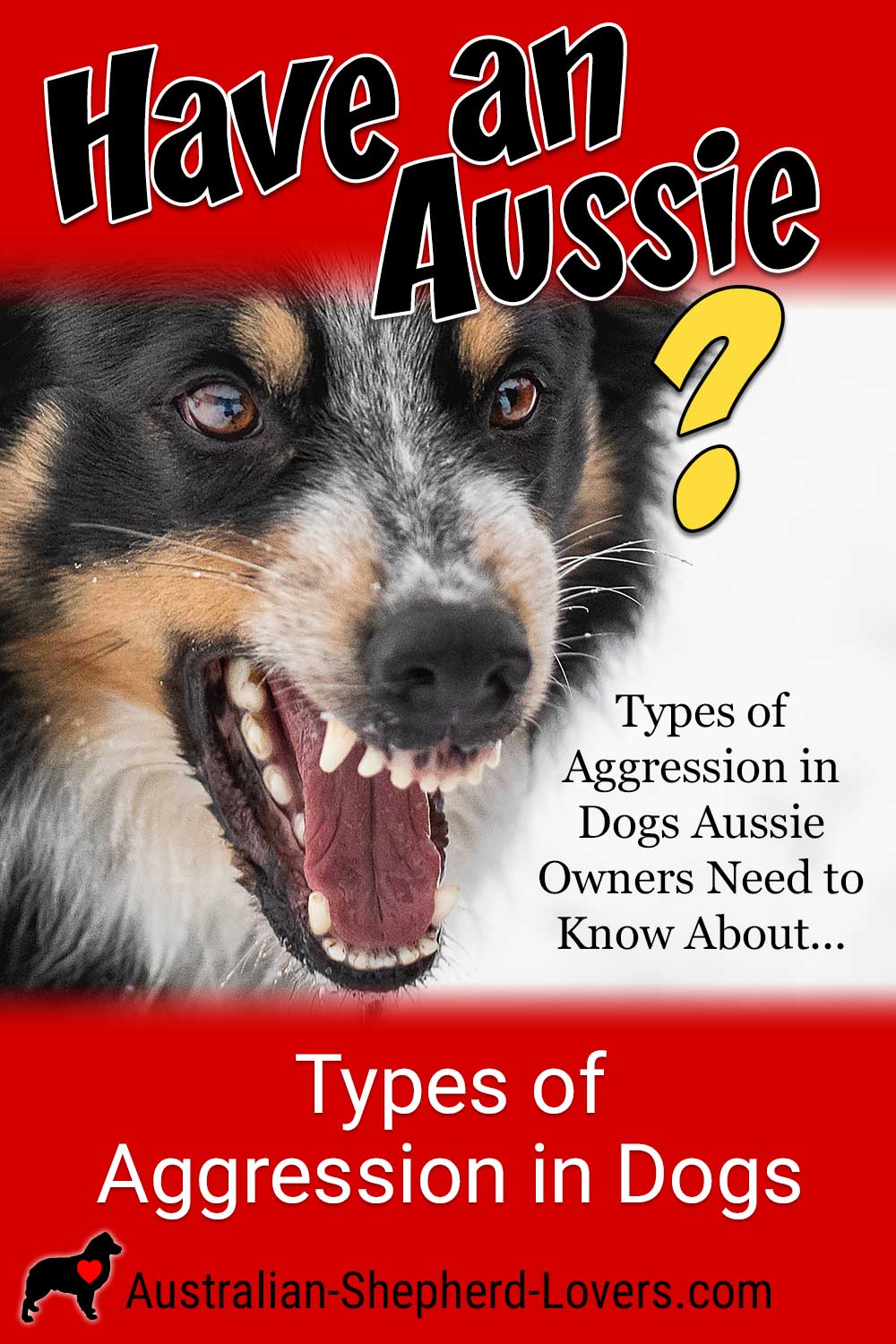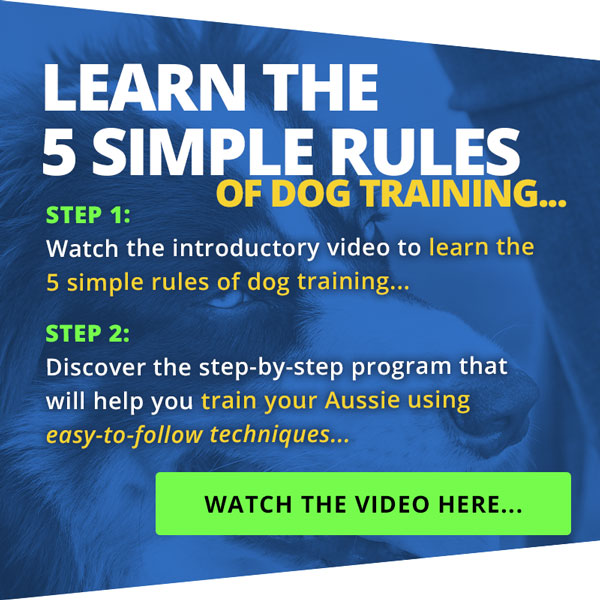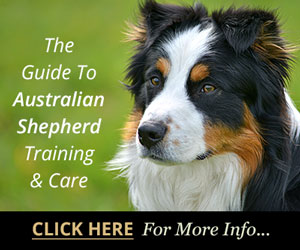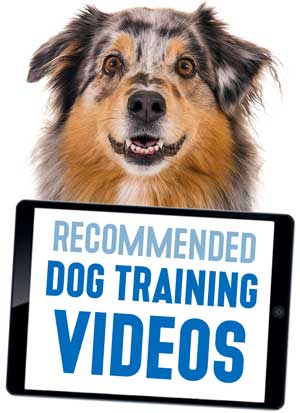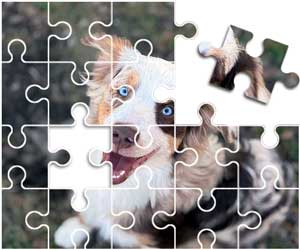
Types of Aggression in Dogs Aussie Owners Need to Know About
Aggression in dogs is a very common occurrence and it should be a cause for concern. Dogs who display aggression can easily become a threat, with the behavior quickly escalating to snapping or biting. In families with children or elderly individuals, who may not be able to understand or properly react to the signs of aggression, it is particularly important to be aware of any aggressive behavior and correct it as soon as possible to avoid potential injury.
What exactly is dog aggression? Simply put, aggression is any type of threatening or harmful behavior directed toward another animal or human. Aggression can be displayed in an attempt to avoid conflict, to warn another individual away, or with the direct intent to cause physical harm. Aggression can be displayed at any age and is not breed specific, though some breeds may be more prone to it.
Herding breeds like the Australian Shepherd are specifically bred to have a protective instinct, in order to guard the herd and the farm and alert against perceived threats. Unfortunately, that natural instinct can sometimes develop into unwanted displays of aggression. Some individual dogs may also have a genetic tendency toward aggression, inherited from one or both parents.
Dog Aggression Can Have Several Different Causes
There are several different types of dog aggression and your first step in dealing with the issue is recognizing and understanding them:
- Territorial Aggression — this form of aggression is displayed against a person or another animal that enters the area that the dog considers its personal territory. That's usually its owner's home or property.
- Possessive Aggression — also referred to as resource guarding, this is when a dog displays aggression in order to protect a valued resource, including toys, food or even its family members. This can be especially prevalent in Australian Shepherds who are specifically bred to protect a herd.
- Maternal or Protective Aggression — this form of aggression in dogs is most often displayed by females who are protecting their pups from a perceived threat.
- Pain-Related or Irritable Aggression — quite often, dogs that are sick or injured can display aggression as a reaction to pain or discomfort. Since they can't tell us what is bothering them, this is their only way of reacting.
- Predatory Aggression — this form of dog aggression is usually directed against another animal but occasionally will also be directed against a human. Unlike the other forms, predatory aggression is not motivated by anxiety or fear, but rather the instinct to hunt, capture and consume prey for survival.
- Frustration or Redirected Aggression — as the name suggests, this type of aggression occurs when a dog is unable to reach the primary trigger of its aggression and redirects its reaction to another target instead.
- Social Conflict-Related Aggression — generally displayed by puppies and very young adult dogs, this type of aggression occurs when a dog is trying to figure out its place in the social hierarchy. A dog may be attempting to establish dominance or learning to submit to others and acting out as it makes the adjustment.
- Sexual Aggression — this is aggression associated with mating, either as male dogs compete for the attention of a female or a female dog fights for access to a male.
- Disease-Related Aggression — like predatory aggression, this type of dog aggression is not triggered by anxiety or fear but rather as a direct response to an infectious disease such as rabies or a non-infectious disease that affects the nervous system.
- Fear or Anxiety-Related Aggression — though most forms of aggression in dogs are generally triggered by underlying fear or anxiety, this specific form is directly in response to a feeling of being cornered, trapped, or anxious about an approaching unpleasant experience, such as a trip to the vet.
Check out these introductory dog training videos...
Warning Signs of Impending Dog Aggression
Since aggression can quickly lead to dangerous situations, it's important to recognize the warning signs so that you can avoid escalation. Dog aggression is usually preceded by fear related signals, including:
- avoiding eye contact
- yawning or licking of the lips
As aggression in dogs builds, the body language will also escalate and can include:
- pinning or flattening of the ears
- crouching or lowering of the body with tail tucked between the legs
- stiffening or freezing and, in the most heightened stages,
- growling, snapping or biting
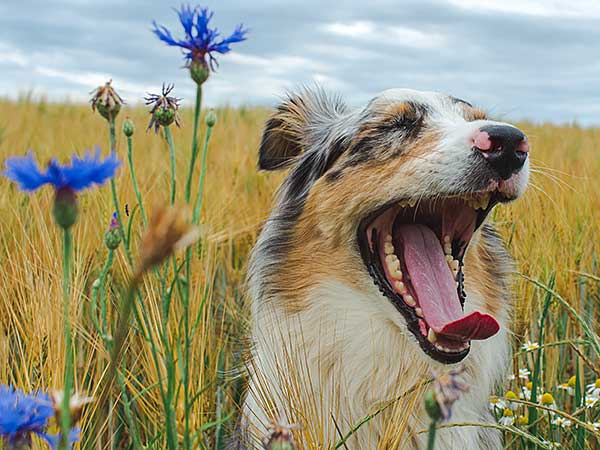
carina keller/EyeEm / stock.adobe.com
Aggression in dogs isn't always easy to spot. Is it just a yawn or a signal of impending aggression?
Never Take Aggression in Dogs Lightly
Aggression in dogs should always be a cause for concern, so if your dog begins to display this kind of behavior you should consult with your vet. Your vet will be able to determine if there is an underlying physical cause, such as disease or injury and provide treatment. If there is no physical cause, your vet may recommend a professional dog trainer or behaviorist, who can help to address the emotional cause.
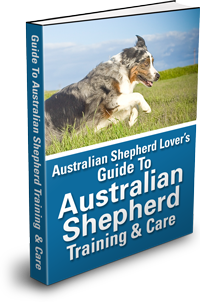
Start with our official ebook Guide To Australian Shepherd Training & Care. It was created by Aussie lovers for Aussie lovers. You can read this practical guide on any computer, tablet, or smartphone.
While dog aggression cannot be "cured" in a conventional sense, it can be reduced in frequency or intensity with a combination of medications and behavioral and environmental modification. In all cases, it is important to avoid the specific situation that induced the aggression to avoid further instances.
Though aggression in dogs can be frightening, there is no need to panic or to assume that your Aussie has somehow gone bad. Aggression is not a sign of a bad or mean dog.
Remember, dogs don't have the ability that we do to talk about their emotions so they respond to emotional stress in the only way they know how. So bear this in mind and consult with your vet. Together you can figure out what is causing the response and help to ease your dog's aggression.
Check out these introductory dog training videos...
Have Dog Training Questions?
Check out these introductory dog training videos...
I want my dog to stop being aggressive.
I want some help training my new puppy.
I want my dog to stop barking at everything.
Get Australian Shepherd Info, Website Updates, Special Offers, and Cartoons...
FREE GIFT
You'll also receive a free copy of the ebook
My Everyday Dog Training Tools
by professional dog trainer Daniel Abdelnoor, "Doggy Dan"
